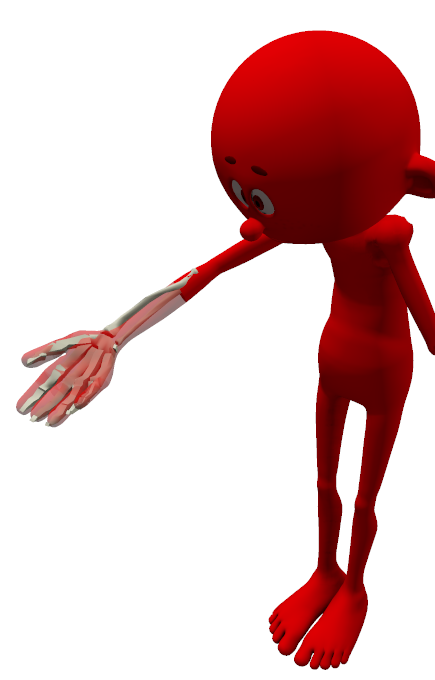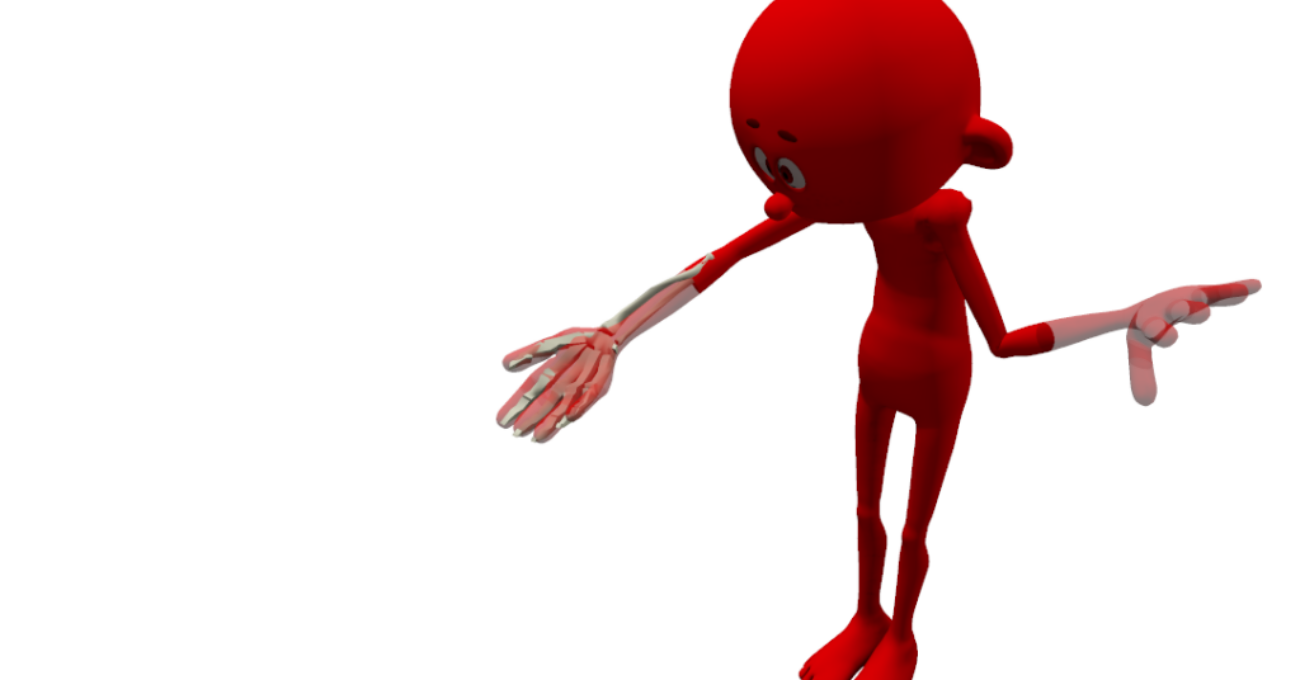Bone Health & Exercise
I recently downloaded a PDF ‘Osteoporosis and You’ from the Osteoporosis New Zealand website. Fifteen pages of content, with barely half a page of non-specific exercise information, yet they somehow managed 2 and a half pages of dietary guidance for optimal bone health! I shouldn’t be surprised, but……of course, I still am! Disappointed, disheartened!
I’m not sure whether it’s that exercise is not really valued, or that these organisations are just too afraid to provide anything more than very general guidelines. Regardless, the net result is that there is really nothing presented to encourage individuals to include physical activity in their struggles with deteriorating bone health. Other organisation’s websites (for example those from the USA, UK, Canada and Australia) are more helpful but still don’t really provide any structure or progression for exercise. So, I thought why not carry on the conversation from an earlier blog (Exercise Interruptus), stick my neck out and brashly offer a little more guidance around exercise for bone health.
.
Like so many aspects of health, bone health has become increasingly topical as our lifespans extend. Bone health is generally evaluated based on one’s bone mineral content and bone microarchitecture – in very simplistic terms, how much bone and how well it is organised for optimal strength. Experts (e.g. Kohrt et al, 2014) suggest that there are 3 key strategic windows for bone health over a lifespan;
- building as much bone mass as possible during childhood through to early adulthood,
- maintaining bone through until the onset of menopause, and then
- minimising the amount of postmenopausal bone loss.

- Some exercises should be approached with caution or avoided;
- Movements that involve trunk flexion (bending forward) and trunk rotation are thought to place undue stress on a vulnerable spine. So abdominal exercises like sit-ups, performed dynamically and continuously are not advised.
- Twisting movements involving the spine, such as a golf swing, some yoga and pilates style exercises could also be considered hazardous.
- Abrupt or explosive loading of muscles and bones and high impact loading, as would be required in skipping and jumping activities, are considered unsafe.
- Exercises that could be unsafe if technique is poor. When building basic fitness and introducing new activities and exercises, the focus should be on good body alignments so that the forces of muscle contraction and weight bearing can be transferred through bones and joints in an anatomically sound manner
All of those ‘windows’ would benefit from exercise professional input, but this blog will focus only on the latter. In keeping with the preceding disclaimer, this exercise advice is intended for those with so-called ‘normal’ bone mineral density – those that fall no more than a T-score of 1 below the mean. While the focus is predominantly on female bone health, with extending lifespans, males also need to be mindful of bone health.
- weight-bearing aerobic exercise. Suggested 150 mins/week (Canadian guidelines)
- balance exercises. Recommended 15–20 min daily (Canadian)
- attention to posture. improve the endurance of the back extensor muscles and reinforce ‘spine sparing’ strategies during movements and exercises. Suggested 5–10 min/day
- muscle building exercises ( Recommended 2/week)
I’m not about to enter into the debate about the efficacy of exercise and dietary interventions for bone health. Far too chicken for that!! Perhaps exercise helps bone mineral content, maybe it has minimal influence. Regardless, exercise certainly helps encourage bone remodeling and better bone structure. And we know that exercise has many other positives to offer, some of which indirectly impact on bone integrity. The dilemma is of course that the loading typically considered necessary to produce stronger bones is unlikely to be well tolerated by individuals with weakened bones. Exercise advice therefore wisely emphasises protecting bone from fracture, with an increase in bone strength (density and organisation) as a secondary goal.
I’m offering some of the standard exercise and bone health guidelines, but have also included some of the more adventurous exercise suggestions – because that’s what a 10th man should do! An exercise programme targeting bone health should focus on preventing fractures through three strategies;
- developing and retaining muscle strength and endurance,
- promoting good balance and stability to help prevent falls,
- helping to preserve bone health.
Commentary
If we estimated a conservative 35 mins for an RT session, you can see that the routine soon ‘bloats out’ to around 360 minutes per week – that’s 6 hours. I’d imagine that that number is going to scare the bejeezus out of some people, and if it doesn’t scare them off, it is going to be tough to complete and maintain. None of the exercise is intended to be particularly tasking but that time commitment is huge. The 10th man would rather that everyone did a little bit more exercise than being put off completely. I’d rather people did 5 minutes of exercise daily as a starting point and build from there as tolerated and desired. Everybody can find just 5 minutes in their day to complete a simple exercise routine, particularly if we make it so convenient to be virtually excuse-proof. From there, if individuals are motivated and sufficiently educated, additional elements and exercises can be added.
Resistance training recommendations
As so many of the generic recommendations verge on being unhelpful, the 10th man has taken some liberties in summarising guidelines.
- As the effects of resistance exercise, bone and muscle loading are site-specific, an optimal programme should target all body areas select a mix of upper limb, lower limb, and trunk exercises
- For effectiveness and consistency aim for 2–3 sessions/week. With time this could grow to more variety and more often
- For simplicity initially select no more than 10 exercises
- Complete a single or 2 sets of 10–15 repetitions of each exercise. If it is difficult to add load to an exercise aim for 15 repetitions, otherwise make 10 repetitions your goal.
- By a second or third resistance training session, the last 3–5 repetitions of the final set of each exercise should be challenging.
- Exercise movements should be smooth, slow, and controlled. This enables individuals to concentrate on good limb and body alignment during exercises so that forces are being transferred through bone and joints in an anatomically appropriate manner.
- Progression could be through increased load/difficulty, increased repetitions, increased sets, or through replacing exercises with more challenging options (see below)
Progressing the programme
The challenge of an exercise can be incremented up or down by adjusting load (e.g. weight or tension on a theraband or bungy), completing more repetitions, or slowing the movement down to increase the time that the muscle is under tension during each repetition. For example for the wall push up exercise we might start with a 2 second controlled lowering movement in towards the wall, and a 2 second movement pushing back away from the wall. To progress the movement could be 5 second lowering and 3 second pushing – we’ve doubled the time under tension from 4 seconds to 8 seconds.
Kohrt et al (2004) make the point that stress on the skeletal structures needs to be unique, variable and dynamic to ensure a positive effect on bone structure. In terms of the intensity of exercises, the two key mechanical variables to consider are the rate and the magnitude of the strains being applied. Our resistance training guideline emphasis slow well-controlled movements using light to moderate loads, but some experts suggest that with caution higher magnitude strains could be part of the exercise progression.
In “Exercise Interruptus ” we described the findings of Srinivasan et al (2002) inferring that loading interspersed with pauses had a positive effect on bone metabolism, density, and structure. The work of Nikander et al (2010), and then Iwamoto (2013) categorised bone-loading forces as;
- repetitive non-impact where muscle tension is developed through continuous activity without impacts ( activities like swimming and cycling)
- repetitive low-impact there is continuous muscle loading with some minor impacts but a lot of repetition (e.g. walking and running)
- high-magnitude loading with slow well coordinated and controlled movements without impacts (resistance training would fit into this category)
- odd-impact loading where there are spasmodic impacts, through with quick turns, stops and starts and spurts of running ( tennis, badminton and a lot of team sports spring to mind), and
- high-impact loads that we would see with vertical jumping and landing (as in volleyball, netball, basketball and gymnastics).
Iwamoto (2013) has advocated that optimal exercise for post-menopausal women should include high-magnitude loading (resistance training), some high impacts (skipping, stamping, marching and low amplitude jumps and landings), plus persisting with back muscle strengthening.
Commentary:
Aside from the rate and magnitude of the impact forces, two dangers associated with those higher impact exercises are the potential loss of balance and an inability to control the impact forces. If performed as discontinuous exercises, the focus can be on controlling the forces during landing (using ankles, knees and hips) and maintaining balance.
Like any plyometric exercise, these exercises should be performed when fresh and well rested, the volume should be low (the 10th man suggests a total of 20 foot contacts as a starting point), and the emphasis must be on excellent technique and body alignment. If higher impact exercise is to be included in bone health exercise routines, there will likely be a greater need for exercise professional to educate, guide and coach these exercise progressions. Food for thought!.
Best, Phil
Selected references
- T.S, Srinivasan, S. (2006) Building bone mass through exercise: could less be more? Br J Sports Med 40;2–3. doi: 10.1136/bjsm.2004.016972
- Kohrt, W.M., et al (2004) Physical Activity and Bone Health. Medicine & Science In Sports & Exercise DOI: 10.1249/01.MSS.0000142662.21767.58
- Iwamoto, J. (2013) Effects of Physical Activity on Bone: What type of Physical Activity and how much is Optimal for Bone Health? Osteopor Phys Act, 1:1
- Nikander, R. et al (2010). Cross-sectional geometry of weight-bearing tibia in female athletes subjected to different exercise loadings. Osteoporosis International, 21(10), 1687–94. doi:http://dx.doi.org.ezproxy.otago.ac.nz/10.1007/s00198–009– 1101–0
